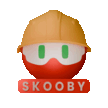Kingsgrove Branch:
Schnap Electric Products Blog
Schnap Electric Products Blog Posts
10 Amp Plug
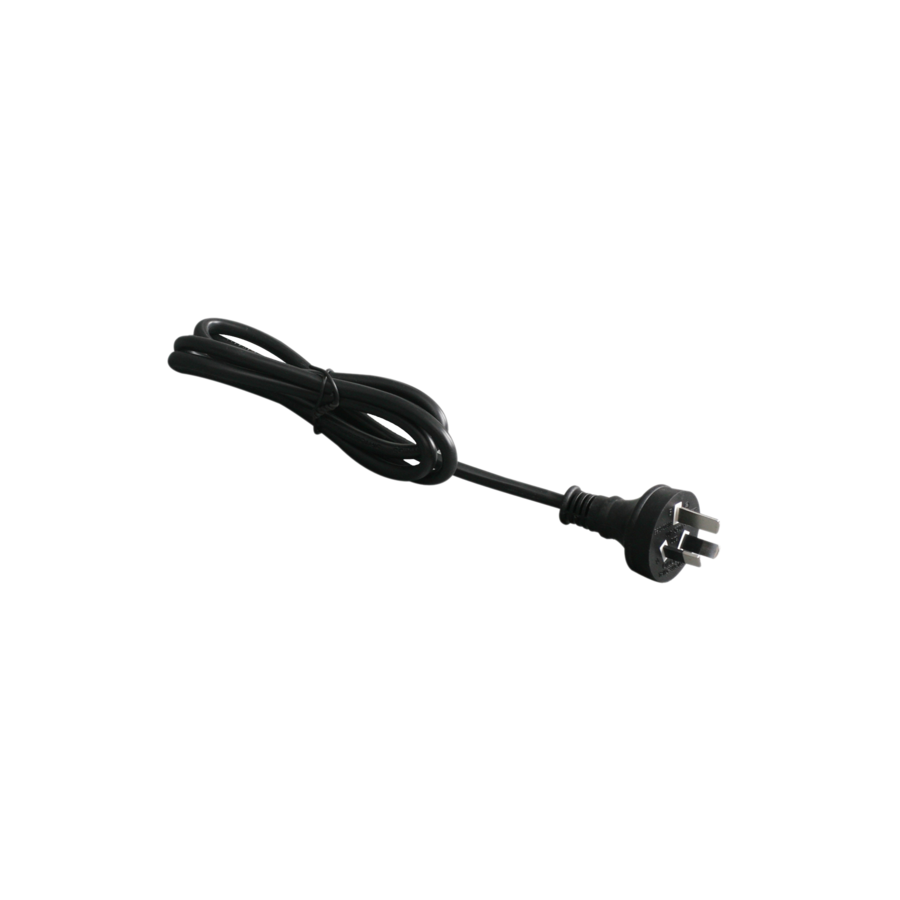
G'day! Take a look around your lounge room or kitchen. Almost every appliance you own, from the telly and the toaster to the washing machine, connects to the wall using the same familiar device. It is the humble 10 amp plug, also known as the Type I plug. It is the universal standard for domestic power in Australia and New Zealand.
While it might seem like a simple piece of plastic and brass, this plug is a carefully engineered safety device designed to handle the 240 volts of power coursing through our grid. Understanding how it works and how to replace a damaged one safely is a handy skill for any homeowner or tradie.
The Anatomy of the Aussie Plug
The standard Australian 10 amp plug features three flat pins arranged in a triangle.
- Active (Line): The top left pin (looking at the socket) or top right (looking at the plug face). This carries the current.
- Neutral: The other top pin. This completes the circuit.
- Earth: The bottom vertical pin. This is a crucial safety feature that directs dangerous current into the ground if there is a fault.
There are also two-pin versions for "double insulated" appliances like phone chargers or hairdryers that do not require an earth connection, but the three-pin configuration remains the standard for most heavy-duty gear.
10 Amp vs 15 Amp: Know the Difference
It is easy to get confused between the standard plug and its heavy-duty cousin, the 15 Amp plug. They look almost identical, but there is one massive physical difference.
A standard 10 amp plug has a small, narrow Earth pin. A 15 Amp plug has a much larger, wider Earth pin. This is a deliberate safety design. You cannot plug a high-power 15A device (like a commercial coffee machine or a large welder) into a standard 10A power point, as it would overload the circuit. However, you can plug a standard 10A plug into a 15A socket.
Replacing a Damaged Plug Top
One of the most common maintenance jobs is replacing a crushed or bent plug on an extension lead or tool. You can purchase "rewireable plug tops" to fix this. If you head into a local electrical wholesaler or hardware store, you will see racks of these clear or white plugs ready for DIY application.
If you are competent, you can replace a plug top yourself in most states, provided it is not part of the fixed wiring of the house.
The Colour Codes are Critical:
- Brown (or Red): Connects to the Active (A) terminal.
- Blue (or Black): Connects to the Neutral (N) terminal.
- Green/Yellow (or Green): Connects to the Earth (E) terminal.
Safety Tip: Always ensure the outer sheath of the cable is gripped firmly by the cable clamp inside the plug. If you can see the coloured inner wires poking out the bottom of the plug, it is unsafe and needs to be redone.
When to Call a Pro
While changing a plug top on an extension cord is acceptable for a competent person, modifying the appliance itself or installing a new power point is definitely not.
Fixed wiring work is strictly regulated in Australia. If you need a new socket installed to accommodate your appliances, you must engage a licensed electrician. They ensure the polarity is correct and the circuit is protected by a safety switch. A professional will always test the connection to ensure there is no risk of electrocution or fire.
Reliable Connections from Schnap Electric
Whether you are repairing an old extension lead or fitting out a workshop, the quality of the plug matters. Cheap, brittle plastics can crack when dropped, exposing live terminals.
Schnap Electric Products is a leading supplier for the trade industry in Australia. They stock a wide range of robust, clear, and heavy-duty 10 amp plug tops designed to withstand the rigours of a worksite or busy home. By supplying the same professional-grade equipment you would expect to find at a major electrical wholesaler, Schnap Electric ensures your appliances stay connected safely and securely. For durable power accessories that won't let you down, choose Schnap Electric.
20 Amp Plug
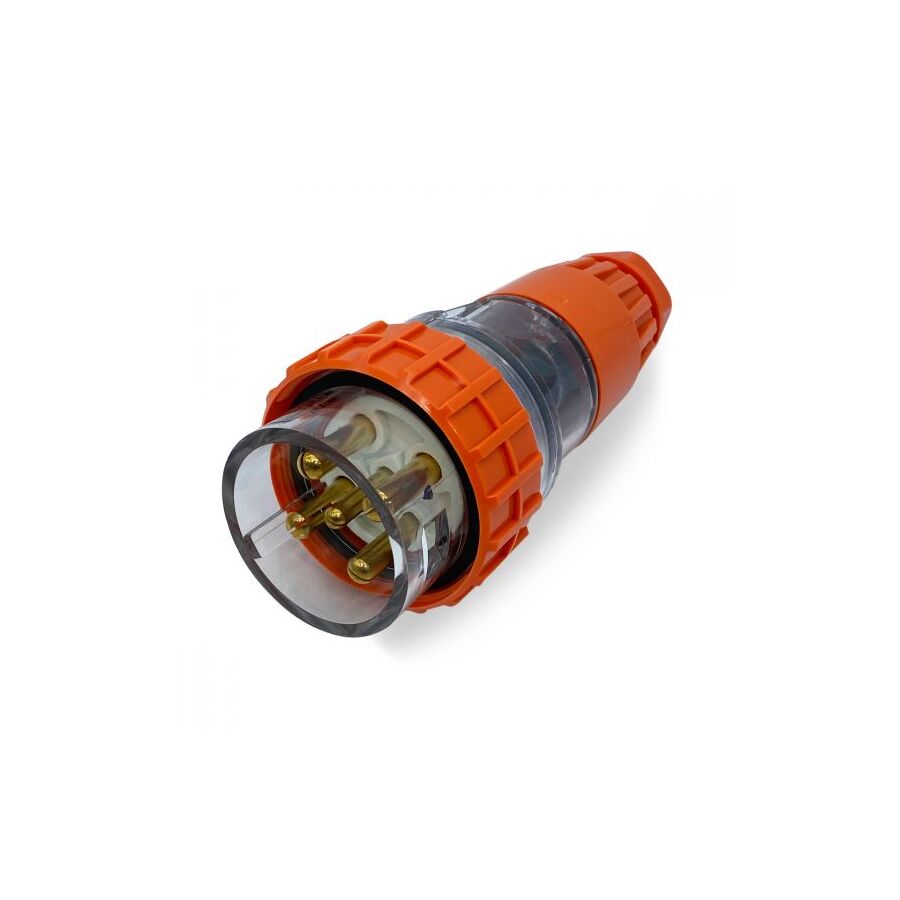
G'day! Most of the appliances we use around the house, from the telly to the kettle, run quite happily on a standard 10 Amp connection. However, when you start getting into serious machinery or commercial-grade equipment, the power demands change dramatically. If you have picked up a large welder for the shed, a commercial oven for a catering gig, or a heavy-duty air compressor, you have likely encountered the 20 amp plug.
This is the big brother of the domestic plug family. It is designed to handle significantly more current than your average household fitting, ensuring that your high-draw equipment runs safely and efficiently without tripping circuits or melting wires.
How to Spot a 20 Amp Plug
To the uninitiated, all three-pin plugs might look somewhat similar, but the 20 amp plug has very distinct physical differences designed to stop you from plugging it into a socket that cannot handle the load.
While a standard 10A plug has three small flat pins and a 15A plug has a larger Earth pin, the 20A version steps it up again. Typically, all three pins on a 20 amp plug are larger and wider than their lower-amperage counterparts. The layout prevents this plug from entering a 10A or 15A socket. This is a deliberate safety mechanism. It ensures that a device drawing 20 Amps of current can only be connected to a circuit specifically designed to carry that load without overheating.
Installation Requirements
You cannot simply swap the wall socket plate to fit this plug. Because the appliance draws such a high current, the wiring behind the wall needs to be up to the task.
A standard home power circuit is often rated for 16A or 20A total, shared across multiple power points. A single device using a 20 amp plug usually requires a dedicated circuit run directly from the switchboard with heavier gauge cable. If you visit your local electrical wholesaler to look at the gear, you will see that the switches and cabling for 20A systems are significantly more robust than standard domestic items.
Applications for 20A Power
You won't find these plugs on a toaster. They are strictly for high-load applications. You will commonly see them used for:
- Industrial Workshops: For heavy-duty welders, plasma cutters, and large bench saws.
- Commercial Kitchens: High-speed ovens, large deep fryers, and commercial dishwashers often require this level of power.
- Events and Staging: High-output lighting rigs and audio amplifiers.
- Air Conditioning: Some large portable or window-wall units.
Strictly for the Professionals
It is vital to remember that installing a 20A outlet is not a DIY job. Because of the high current involved, a loose connection or undersized cable can lead to catastrophic failure and fire.
In Australia, all fixed wiring work must be performed by a licensed electrician. They will calculate the maximum demand, select the correct cable size to prevent voltage drop, and install the appropriate circuit protection. Never attempt to modify the pins of a 20 amp plug to fit a smaller socket, as this is illegal and incredibly dangerous.
Heavy-Duty Gear from Schnap Electric
When you are dealing with this level of power, you need components that can take a beating. Industrial environments are tough, and flimsy plastics just will not last.
Schnap Electric Products is a leading supplier for the trade industry in Australia. They stock a comprehensive range of industrial and commercial electrical gear, including robust 20 amp plug tops and the matching 20A socket outlets. By providing the same professional-grade equipment you would expect to find at a major electrical wholesaler, Schnap Electric ensures your heavy machinery is powered safely and reliably. For gear that handles the hard yakka, trust the range from Schnap Electric.
32 Amp Plug
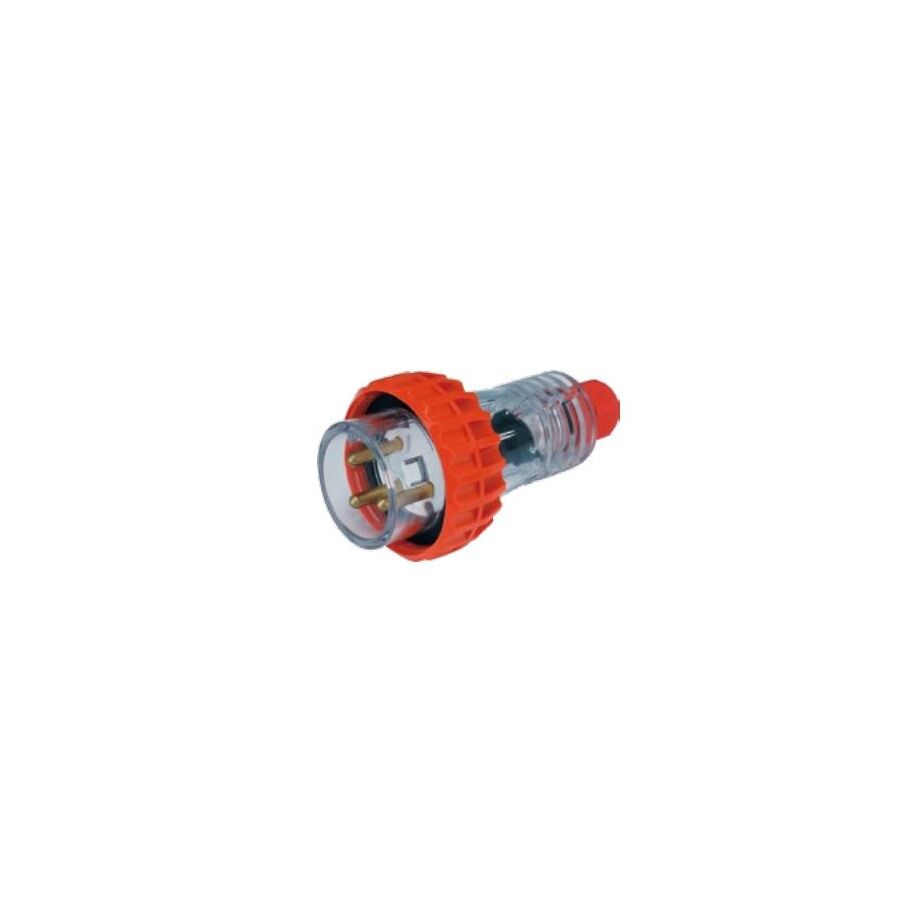
G'day! While the standard household power point handles the toaster and the telly just fine, there comes a time in every workshop, commercial kitchen, or industrial site where you need serious grunt. Whether you are firing up a high-capacity welder, running a large compressor, or powering a commercial oven, standard domestic fittings just won't cut the mustard.
This is where the 32 amp plug enters the picture. Built to withstand harsh conditions and carry a significant electrical load, these industrial connectors are the lifeline of heavy-duty machinery across Australia. Understanding the difference between these rugged units and your everyday plugs is essential for setting up a safe and efficient workspace.
Not Your Average Connector
Unlike the flat-pin plugs used for 10A, 15A, and 20A domestic connections, a 32 amp plug in Australia almost always switches to a round-pin, industrial configuration. These are part of the IEC 60309 standard (often referred to as CEE plugs internationally) but adapted for Australian requirements.
They are typically large, robust, and colour-coded. The most distinctive feature is the locking ring. Once plugged into the matching socket, a threaded ring screws on to create a watertight and dust-proof seal, usually rated to IP66. This means they can handle being blasted by a hose or covered in workshop dust without causing an electrical fault.
Single Phase vs Three Phase
When sourcing a 32 amp plug, you need to know exactly what power supply you are dealing with, as they come in different pin configurations.
Single Phase (3 Pin): Usually coloured orange or clear/grey, these have three round pins (Active, Neutral, Earth). They are used for high-demand 240V equipment that exceeds the capacity of a standard circuit but doesn't require three-phase power.
Three Phase (4 or 5 Pin): Usually coloured orange (for 415V), these are the heavy hitters. A 4-pin version carries three active phases and an earth, while the 5-pin version adds a neutral for more complex machinery. You will often see rows of these on the shelves of a local electrical wholesaler servicing the mining and manufacturing sectors because they are the standard for industrial motors and processing plants.
Why You Cannot DIY This
It is crucial to understand that installing the corresponding 32A outlet is a significant electrical undertaking. The cabling required to carry 32 Amps continuously is much thicker than standard house wiring.
In Australia, all fixed wiring work must be performed by a licensed electrician. They will calculate the voltage drop, select the correct cable size, and ensure the circuit protection in your switchboard is rated to handle the startup currents of your machinery. Attempting to jury-rig a high-current connection is a recipe for fire and severe injury.
Durability in Harsh Conditions
The Australian environment is unforgiving. Equipment used on construction sites or in outdoor areas needs to survive UV exposure, rain, and physical impact.
A high-quality 32 amp plug is made from high-impact, UV-stabilised polycarbonate. It features solid brass pins for maximum conductivity and screw-down cable clamps to prevent the wire from being pulled out if someone trips over the cord.
Industrial Solutions from Schnap Electric
If you are fitting out a workshop or replacing damaged leads on site, you need components that won't fail under pressure. Cheap, brittle plastics are a safety hazard in an industrial environment.
Schnap Electric Products is a leading supplier for the trade industry in Australia. They stock a comprehensive range of industrial switchgear, including robust 32 amp plug and socket combinations in both single and three-phase configurations. By supplying the same professional-grade equipment you would expect to find at a major electrical wholesaler, Schnap Electric ensures your heavy machinery stays powered up safely and reliably. For gear that is built as tough as your workload, trust the range from Schnap Electric.
Surge Protectors
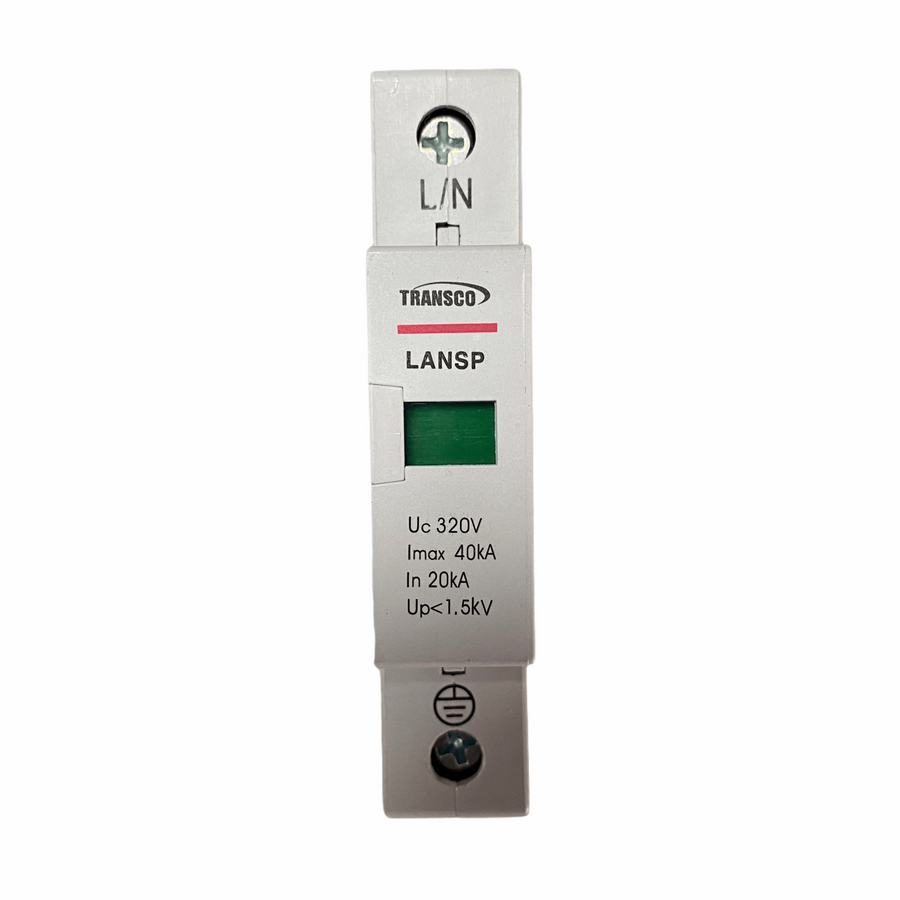
G'day! We have all invested a fair bit of coin into our home entertainment systems, home offices, and kitchen appliances. From the big screen telly for the footy to the fridge keeping the beverages cold, modern homes are packed with sensitive technology. However, Australia is known for its wild weather, and summer storms bring more than just rain. A single lightning strike or a fluctuation in the grid can send a voltage spike through your wiring that renders your expensive gear completely cactus.
This is why surge protectors are a non-negotiable item for any Aussie household. They act as the first line of defence, sacrificing themselves to save your equipment from electrical damage. Understanding the difference between a standard power board and a proper protection device could save you thousands in replacement costs.
How Do They Work?
A power surge is a sudden, temporary increase in voltage that exceeds the standard 240 volts. While they last only a fraction of a second, they can burn out the delicate microchips inside computers and smart appliances.
Surge protectors contain a component called a Metal Oxide Varistor (MOV). Under normal conditions, the MOV does nothing. However, when it detects a voltage spike, it instantly diverts the excess electricity away from your devices and into the ground wire. It effectively "clamps" the voltage to a safe level. Over time, these components wear out, which is why high-quality units have indicator lights to tell you they are still functioning.
Point-of-Use vs Whole House Protection
There are two main ways to protect your home, and a robust strategy often involves using both.
Portable Power Boards These are the most common surge protectors found in homes. You plug them into a wall socket, and then plug your TV or computer into the board. They are excellent for protecting specific clusters of equipment. When shopping for these, look for a high "Joule" rating. The higher the number, the more energy the unit can absorb before it fails.
Whole House Protection For the ultimate peace of mind, you can install a surge diverter directly into your main switchboard. This device sits at the entry point of your power supply and protects every single circuit in the house, including hardwired appliances like air conditioners and ovens that cannot be plugged into a power board.
Don't DIY the Hard Stuff
While buying a plug-in board is easy, installing protection at the switchboard is a serious job. You cannot do this yourself.
In Australia, any work involving the main switchboard or fixed wiring must be carried out by a licensed electrician. They will assess your main earthing system to ensure the surge diverter can actually dump the excess power safely. A professional installer knows that safety is paramount, which is why they typically source their components from a reputable electrical wholesaler to guarantee the products meet strict Australian Standards.
Sourcing Professional Gear
If you want to ensure your home is protected by the best, you need to buy where the tradespeople buy. Supermarket power boards often lack the capacity to handle serious Aussie storms.
Schnap Electric Products is a premier supplier for the trade industry in Australia. They stock a comprehensive range of power protection devices, from heavy-duty portable surge protectors to the industrial-grade diverters used in main switchboards. By supplying the same high-quality gear you would find on the shelves of a major electrical wholesaler, Schnap Electric ensures your valuable electronics have the best possible defence against the unpredictable. Don't wait for the next storm to roll in; get your protection sorted with Schnap Electric.
Garden Lighting
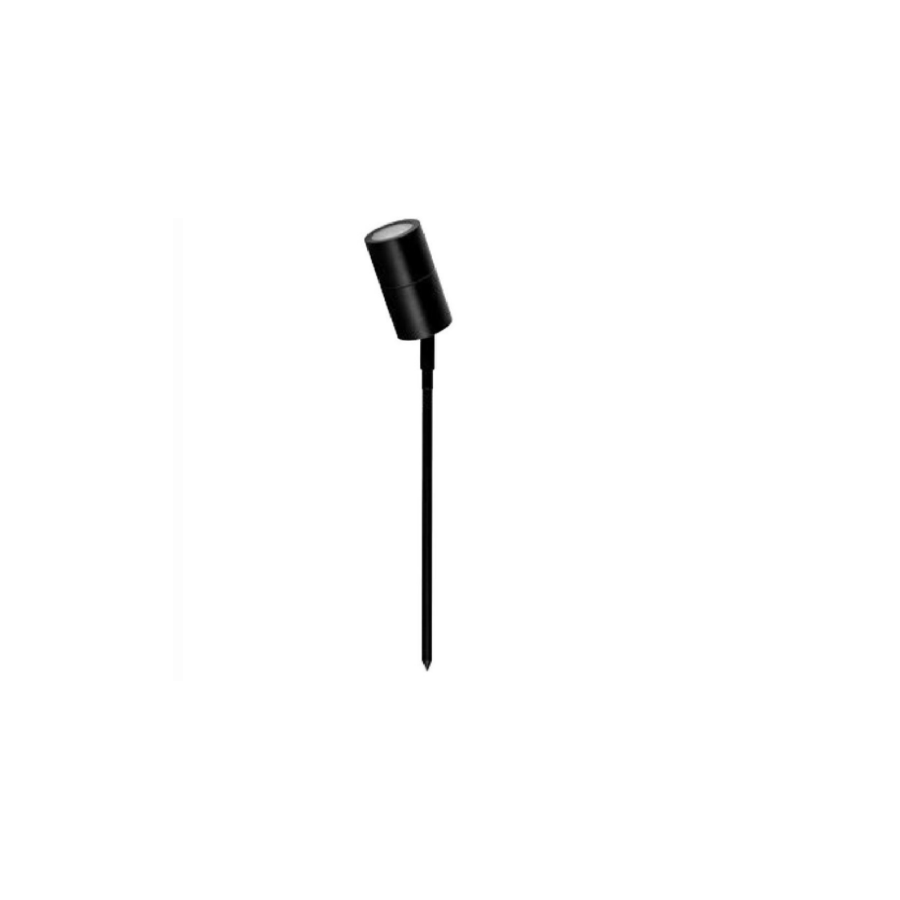
G'day! For most Australians, the backyard is not just a patch of grass; it is an extension of the living room. It is where we host weekend BBQs, relax after a long day at work, and let the kids run wild. However, once the sun goes down, many beautiful outdoor spaces become unusable dark voids. This is where a well-planned garden lighting scheme comes into play.
Installing the right lights isn't just about being able to see your snag on the hotplate. It is about creating ambience, highlighting your landscaping features, and importantly, improving the safety and security of your property. Whether you have a sprawling acreage or a compact courtyard, the right illumination can completely change the way you use your home.
Designing Your Layout
Before you rush out and buy the first set of lights you see, you need a plan. The most common mistake homeowners make is over-lighting. You are not trying to recreate the floodlights at the MCG; you want to create pockets of light and shadow to add depth and drama.
Highlighting Features Use adjustable spotlights to uplight feature trees or textured walls. This draws the eye to the perimeter of the yard, making the space feel larger.
Pathways and Safety Bollard lights or mushroom spikes are perfect for lining driveways and garden paths. They guide guests safely to your door without blinding them with glare.
Deck and Step Lighting Recessed lights in decking or stairs are a must for safety. They prevent trips and falls while adding a sophisticated, resort-style feel to your entertaining area.
12V vs 240V: Which System is Best?
When it comes to garden lighting, you generally have two power options: low voltage (12V or 24V) and mains voltage (240V).
Low Voltage (12V) This is the most popular choice for residential gardens. It requires a transformer to step down the mains power to a safe level. The cabling is easier to run (it does not need to be buried as deep), and there is a wider range of DIY-friendly fixtures available. It is safe, energy-efficient, and flexible if you want to move lights around later as your plants grow.
Mains Voltage (240V) This is used for high-output lighting, such as security floodlights or large architectural features. Because it carries dangerous current, the cabling must be buried deep underground in conduit. This is a permanent solution that requires significant planning.
Weatherproofing and Materials
The Australian climate is harsh. Your lights need to withstand blistering sun, heavy rain, and coastal salt spray. When selecting fixtures, always check the IP (Ingress Protection) rating. For general outdoor use, you want a minimum of IP44, but IP65 is recommended for lights that are fully exposed to the elements.
In terms of materials, 316 marine-grade stainless steel, solid copper, or high-quality powder-coated aluminium are the best choices to resist corrosion and fading over time.
Professional Installation is Key
While you can map out your design, the electrical side of things is strictly regulated. Even if you are using a 12V system, you will need a weatherproof outdoor power point installed to plug in the transformer.
For any 240V hardwiring, digging trenches, or installing new circuits, you must engage a licensed professional. They will ensure the cabling is safe, the circuit is not overloaded, and everything complies with AS/NZS 3000 Wiring Rules. A professional installer will also know exactly where to source trade-quality components, often heading to a trusted electrical wholesaler to get gear that is backed by warranty and built for local conditions.
Create the Perfect Atmosphere with Schnap Electric
To get a result that lasts, you need to start with high-quality components. Cheap plastic solar lights might look okay for a week, but they will quickly fade and fail.
Schnap Electric Products is a premier supplier for the trade industry in Australia. They stock a comprehensive range of outdoor electrical solutions, from robust weatherproof power points to high-performance LED fixtures. By providing the same professional-grade equipment you would expect to find at a major electrical wholesaler, Schnap Electric ensures your garden lighting project is safe, durable, and stunning. Whether you are illuminating a feature wall or lighting up the driveway, trust the quality range from Schnap Electric.
Garden Lighting Ideas
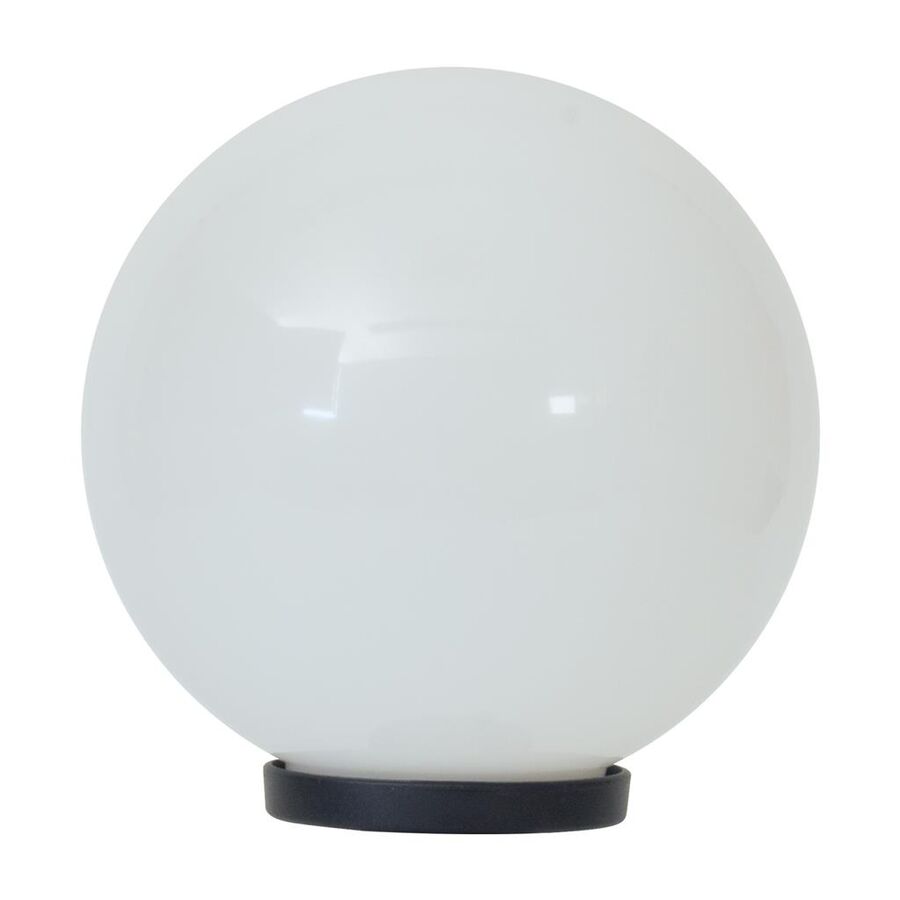
G'day! There is nothing quite like an evening spent in the backyard with family and friends, enjoying a BBQ or just relaxing in the fresh air. However, too many Australian homes let their outdoor spaces go to waste once the sun goes down. The right illumination can turn a pitch-black lawn into a magical entertaining area and add significant value to your property. If you are looking for inspiration, we have compiled some of the best garden lighting ideas to help you design a space that is both functional and visually stunning.
Whether you have a sprawling acreage or a compact courtyard, layering your lighting is the secret to achieving a professional finish. It is about creating pockets of light and shadow rather than flooding the entire yard with brightness.
Illuminating Pathways and Driveways
One of the most practical garden lighting ideas is focusing on transit areas. You want your guests to be able to navigate from the gate to the front door or the patio to the pool without tripping over.
Bollard Lights: These are perfect for lining driveways. They provide a structured look and cast light downwards to illuminate the ground without causing glare.
Spike Lights: For a more subtle approach in garden beds, spike lights can be hidden amongst the foliage. They wash light across the path, highlighting your plants while guiding the way.
Creating Drama with Feature Lighting
If you want that "wow" factor, you need to highlight the best assets of your garden. Feature lighting adds depth and drama to the landscape.
Uplighting Trees: Placing a spotlight at the base of a gum tree or a palm creates a spectacular effect. The light catches the texture of the bark and illuminates the canopy, making the garden feel larger and more established.
Wall Grazing: If you have a textured feature wall, such as stone or rendered brick, installing lights close to the surface to graze the light up or down highlights the texture and creates a beautiful backdrop for your outdoor dining area.
Setting the Mood in the Alfresco
Your deck or patio is essentially an outdoor room, and it deserves the same attention to detail as your lounge.
Festoon Lights: These are incredibly popular for a reason. Stringing festoon lights overhead creates an instant festival or cafe vibe. They provide a warm, soft glow that is perfect for entertaining.
Step and Deck Lights: For a sleek, modern look, recessed lights built into the decking or stair risers are a must. They are unobtrusive during the day but provide essential safety lighting at night.
Choosing the Right System
When planning your layout, you generally have two choices: solar or wired. While solar is easy for DIY, wired systems (12V or 240V) offer far superior brightness and reliability.
To ensure your system lasts, you need trade-quality components. A professional installer will often visit a dedicated electrical wholesaler to source fittings that are rated for our harsh climate, ensuring they are water-tight and UV stable. Cheap plastic fittings often fade and fail after one Australian summer, so investing in quality materials like stainless steel, copper, or powder-coated aluminium is always the smarter choice.
Safety and Installation
While planning the design is fun, the installation of hardwired lighting is serious business. In Australia, any fixed wiring work involving 240V mains power must be carried out by a licensed professional. Even if you are running a 12V system, you will likely need a weatherproof outdoor power point installed to plug in your transformer. A qualified tradesperson ensures the job is compliant with AS/NZS 3000 Wiring Rules and safe for your family to use.
Bring Your Vision to Life with Schnap Electric
To execute these garden lighting ideas effectively, you need equipment you can trust. A beautiful design can be ruined by lights that flicker or corrode.
Schnap Electric Products is a premier supplier for the trade industry in Australia. They stock a comprehensive range of outdoor electrical solutions, from high-performance LED garden spikes and deck lights to heavy-duty weatherproof switches. By providing the same professional-grade equipment you would expect to find at a major electrical wholesaler, Schnap Electric ensures your backyard transformation is safe, durable, and looks absolutely brilliant. For the best in outdoor illumination, choose the range from Schnap Electric.
Garden Lighting Installation
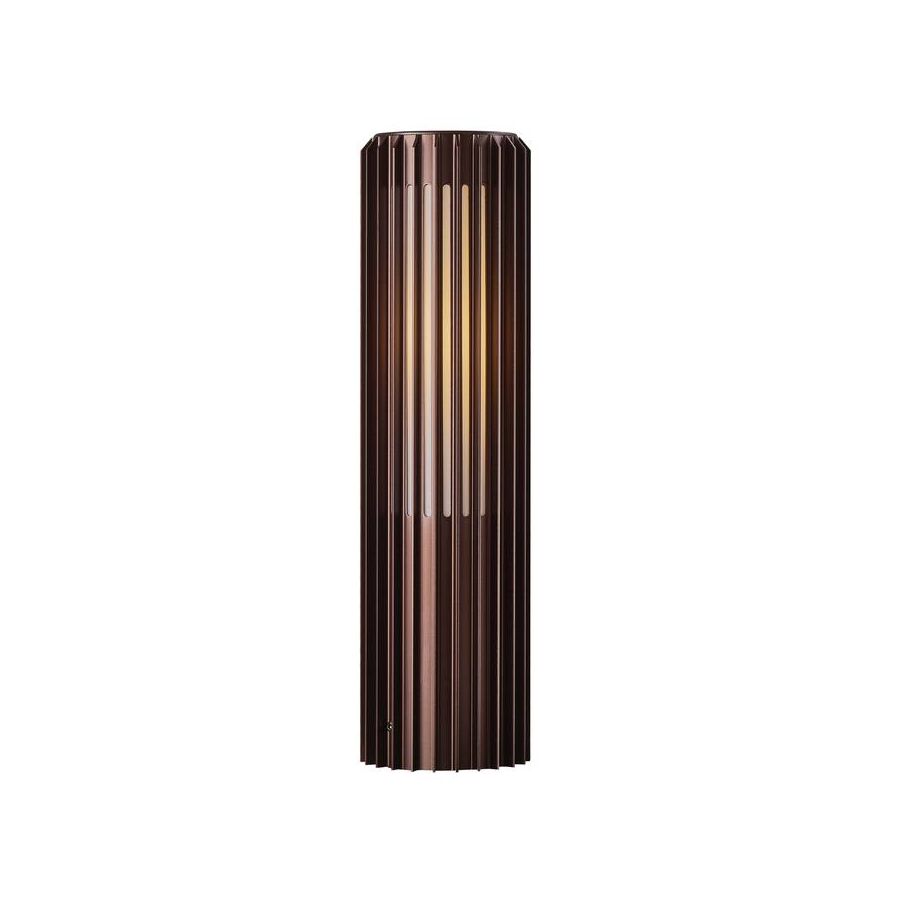
G'day! There is no denying that Australians love their outdoor living. Whether it is a family cricket match that goes into overtime or a relaxing evening with a glass of wine on the deck, our backyards are the heart of the home. However, a great garden shouldn't disappear just because the sun goes down. A professional garden lighting installation can transform a dark, uninviting yard into a functional and magical entertaining space.
While sticking a few solar spikes in the grass is easy, the results are often underwhelming and short-lived. To get that resort-style look and reliability, you need a properly planned wired system. Whether you are looking to highlight a feature tree or illuminate a pathway for safety, understanding the installation process is the first step to a brilliant result.
Planning Your Layout
Before you dig a single trench, you need a plan. A good installation is 90 per cent planning and 10 per cent labour. Walk around your yard at night with a torch to see where you actually need light.
Zones and Layers: Don't just flood the whole yard with light. Create zones. Use path lights for safety, spotlights to uplight trees or textured walls, and deck lights for ambience. The goal is to create contrast and depth, highlighting the best features of your landscaping while leaving other areas in shadow for drama.
12V vs 240V: Choosing Your System
When it comes to garden lighting installation, you generally have two routes: Low Voltage (12V) or Mains Voltage (240V).
Low Voltage (12V): This is the most popular choice for residential gardens. It requires a transformer to step down the mains power to a safe 12 volts. The cables are lighter, safer to handle, and do not need to be buried as deep as mains cabling. It is flexible, allowing you to move fixtures easily as your plants grow.
Mains Voltage (240V): This is heavy-duty territory. It is used for high-output floodlights or permanent architectural fixtures. The cabling must be buried deep underground (usually 600mm) with marker tape, and it is much more expensive and difficult to change once installed.
Sourcing the Right Gear
The Australian climate is unforgiving. Your lights need to survive baking sun, torrential rain, and if you are near the coast, salt spray. Cheap plastic fittings from a budget store might look good for a month, but they will fade, become brittle, and fail quickly.
To ensure longevity, you should use trade-quality components. You want gear made from solid copper, 316 marine-grade stainless steel, or high-quality powder-coated aluminium. When sourcing your cable, transformers, and connectors, look for the same quality brands that you would find at a professional electrical wholesaler to ensure they are rated for Australian conditions and meet safety standards.
The Installation Process and Safety
While a 12V system is often touted as DIY-friendly because the voltage is safe, there are still strict rules to follow. You need to calculate the "voltage drop" to ensure the light at the end of the cable is as bright as the one at the start. You also need to ensure your transformer is not overloaded.
However, the most critical part of any garden lighting installation is the connection to the mains power. Even for a 12V system, you will likely need a weatherproof outdoor power point (GPO) installed to plug in your transformer. For any 240V hardwiring, trenching for mains cables, or installing new circuits, you simply cannot do it yourself.
In Australia, all fixed wiring work must be performed by a licensed electrician. They ensure the installation complies with AS/NZS 3000 Wiring Rules, protecting your family from electric shock and fire hazards. A professional will also ensure that all cable joins are perfectly watertight, which is the most common point of failure in outdoor systems.
Get Professional Results with Schnap Electric
To achieve a landscape lighting setup that looks amazing and lasts for years, you need components you can trust. Using inferior cable or connectors will only lead to hours of troubleshooting later when the lights stop working.
Schnap Electric Products is a premier supplier for the trade industry in Australia. They stock a comprehensive range of outdoor electrical solutions, from high-performance LED garden spikes and deck lights to the heavy-duty underground cabling required for a compliant install. By providing the same professional-grade equipment you would expect to find at a major electrical wholesaler, Schnap Electric ensures your garden project is safe, durable, and visually stunning. For a backyard that shines bright every night, choose the quality range from Schnap Electric.
Garden Lighting Cable
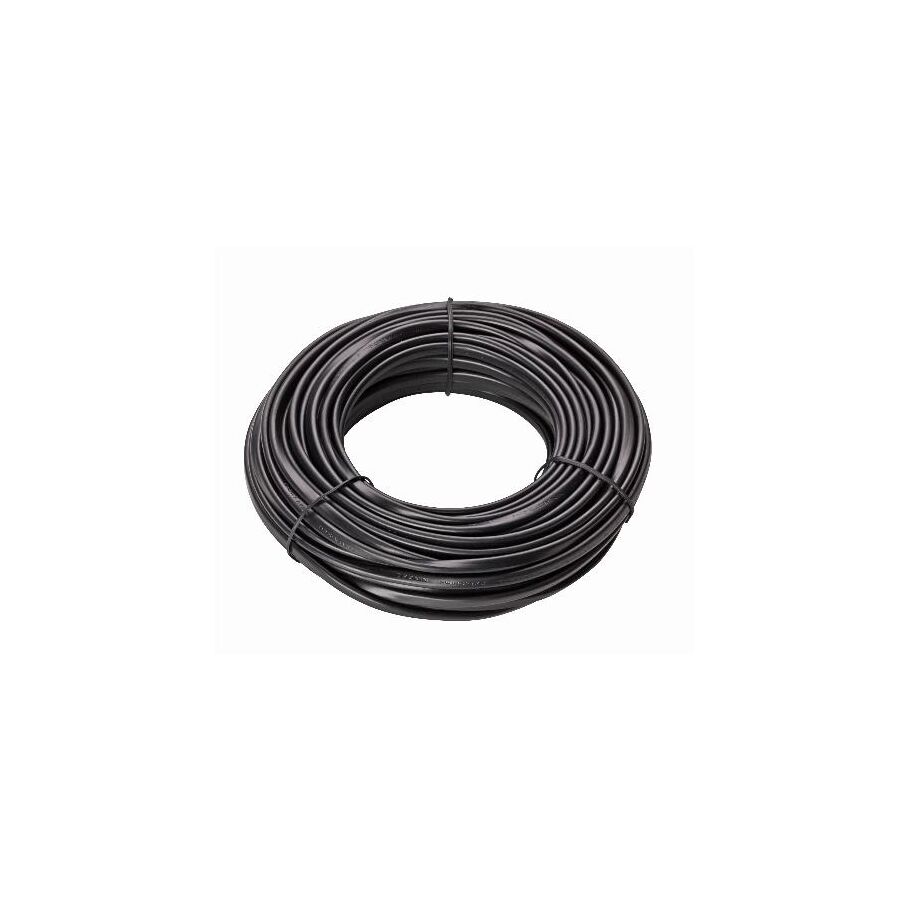
G'day! Designing a beautiful landscape lighting scheme is about more than just picking out stylish bollards or powerful spotlights. While the fixtures get all the glory, the real hero of any reliable setup is buried beneath the soil. The quality and specification of your garden lighting cable determine whether your lights shine brightly for years or flicker and fail after the first heavy rain.
Choosing the wrong wire can lead to dim lights, short circuits, and a lot of wasted time digging up the garden to find the fault. Whether you are running a simple 12V DIY system or planning a massive 240V architectural install, understanding your cabling requirements is the first step to a successful project.
Low Voltage vs Mains Voltage
The type of cable you need depends entirely on the power source you are using. In Australia, outdoor lighting generally falls into two categories.
Low Voltage (12V or 24V) This is the most common choice for residential gardens. It uses a twin-core cable that is safe to handle and relatively easy to install. Because the voltage is stepped down by a transformer, the cable does not need to be buried deeply (though it should still be protected) and is generally flexible. It is the go-to for garden beds and pathways.
Mains Voltage (240V) This is used for high-output lighting and permanent fixtures. The cabling requirements here are strict. You typically need heavy-duty orange circular cable or steel wire armoured cable buried at a specific depth (usually 600mm) with marker tape. This is not a DIY product and must be installed by a licensed professional.
The Silent Killer: Voltage Drop
If you are installing a 12V system, the biggest challenge you will face is "voltage drop." This happens when the garden lighting cable is too long or too thin for the amount of power it is carrying.
As electricity travels down the wire, resistance causes the voltage to decrease. If you use a thin cable for a long run to the back fence, the lights at the end of the line will look dim and yellow compared to the ones near the transformer. To fix this, you need to use a heavier gauge (thicker) cable. A professional installer will always calculate the total wattage of the lights and the distance of the run to select the correct cable thickness, ensuring uniform brightness across the entire garden.
Built for the Elements
Garden wiring lives a hard life. It sits in damp soil, gets cooked by the sun where exposed, and is occasionally attacked by a shovel during a weekend gardening session. You cannot use standard indoor speaker wire or cheap cables.
You need cable that is specifically rated for direct burial or outdoor use. These cables feature a tough, UV-stabilised outer sheath that resists moisture ingress and rot. When you visit an electrical wholesaler to look for supplies, you will notice that trade-quality landscape cable is significantly more robust than the budget options found in general hardware stores. This durability is essential for preventing the insulation from breaking down and causing earth faults.
Installation and Safety
While running low-voltage cable is often considered safe for DIY, it still requires care. Connections must be absolutely watertight. Using gel-filled connectors or heat shrink is the best way to stop corrosion from eating away at your copper core.
For any 240V cabling, the rules are non-negotiable. It is illegal in Australia to perform your own fixed mains wiring. You must engage a licensed electrician to install mains voltage garden lighting cable. They will ensure the trench depth is compliant, the mechanical protection is adequate, and the circuit is protected by a safety switch to prevent electric shock.
Reliable Connections with Schnap Electric
A lighting system is only as good as the wire that powers it. Using undersized or poor-quality cable is a guaranteed way to ruin the look of your expensive lighting fixtures.
Schnap Electric Products is a leading supplier for the trade industry in Australia. They stock a comprehensive range of outdoor cabling solutions, including heavy-duty, dual-core garden lighting cable designed to minimise voltage drop over long distances. They also supply the necessary waterproof connectors, conduits, and transformers required for a complete installation. By providing the same professional-grade equipment you would expect to find at a major electrical wholesaler, Schnap Electric ensures your backyard lighting performs perfectly every time you flick the switch. For a garden that stays bright, trust the quality range from Schnap Electric.
Solar Garden Lighting
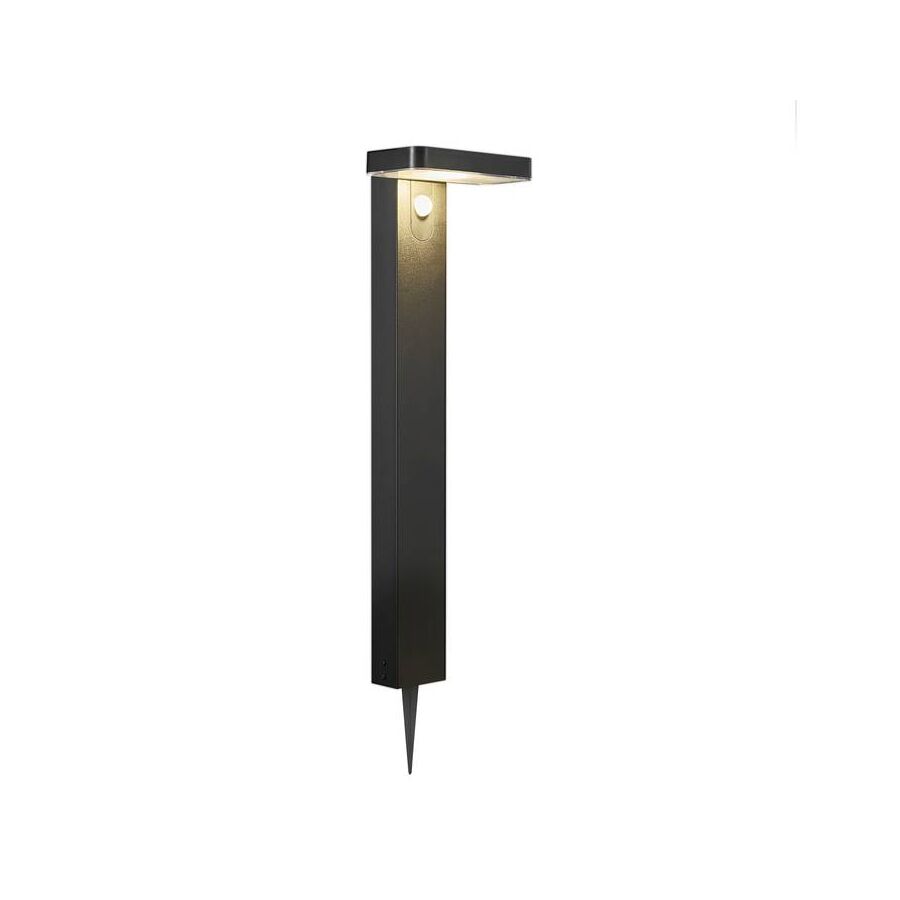
G'day! There is no better way to enjoy the Australian climate than spending an evening in your own backyard. Whether you are hosting a family BBQ or just winding down after work, the right atmosphere makes all the difference. While wired systems are fantastic, running cables through an established garden can be a bit of a headache. This is why solar garden lighting has become the go-to solution for DIY enthusiasts and homeowners looking for a quick, cost-effective upgrade.
Harnessing the power of the sun is not just good for the planet; it is brilliant for your wallet. With no ongoing electricity costs and zero need for trenching, these lights offer a simple way to add safety, security, and style to your property without tearing up the lawn.
How Does It Work?
The technology behind solar garden lighting is surprisingly simple yet effective. Each unit is self-contained, featuring a small photovoltaic (PV) panel, a rechargeable battery, an LED light source, and a light sensor.
During the day, the panel soaks up the sun's rays and converts them into electrical energy, which is stored in the battery. As the sun sets, the built-in sensor detects the drop in light levels and automatically switches the LED on. Because they use energy-efficient LEDs, a good quality unit can run for most of the night on a single day's charge.
Choosing the Right Lights for the Job
Not all solar lights are created equal. To get the best results, you need to pick the right fixture for the specific area you want to illuminate.
Path and Stake Lights These are the classic choice. They push straight into the soil and are perfect for lining driveways or garden beds. They provide a soft, guiding light that helps prevent trips and falls without being overpowering.
Solar Spotlights If you want to highlight a feature tree, a statue, or a textured wall, you need a spotlight. These usually have a separate solar panel connected by a short cable, allowing you to place the panel in direct sunlight while the light sits in the shade.
Decorative and Festoon Lights For creating a party vibe, solar string lights are a winner. They can be draped over fences, pergolas, or through tree branches to create a magical, twinkling effect.
Placement is Everything
The golden rule of solar garden lighting is simple: the panel needs direct sunlight. If you place a light under a dense fern or in the shadow of a fence, it won't charge properly, and you will be left in the dark by 9 PM.
When positioning your lights, think about the path of the sun throughout the day. You might need to experiment with a few locations to find the sweet spot that offers maximum charging time. Also, remember to wipe the panels down occasionally. Dust and bird droppings can significantly reduce their efficiency.
When You Need More Power
While solar is fantastic for decorative and ambient purposes, there are times when you need guaranteed brightness, regardless of the weather. For critical security lighting or high-end architectural applications, a hardwired 240V or 12V system is often the superior choice.
If you decide to go down the hardwired route, remember that you cannot do this work yourself. In Australia, fixed wiring must be installed by a licensed electrician. A professional will ensure your cabling is safe, compliant, and buried to the correct depth. They will typically source their heavy-duty cable and weatherproof fittings from a trusted electrical wholesaler to ensure the system can withstand the harsh Aussie elements for years to come.
Quality Outdoor Solutions from Schnap Electric
Whether you are looking for high-quality solar options or planning a complete hardwired landscape design, the quality of your components matters. Cheap lights often have poor battery life and brittle plastics that fade in the sun.
Schnap Electric Products is a leading supplier for the trade industry in Australia. They stock a comprehensive range of outdoor lighting solutions, from premium solar garden lighting fixtures to the heavy-duty underground cabling and weatherproof switches required for a permanent install. By providing the same professional-grade equipment you would expect to find at a major electrical wholesaler, Schnap Electric ensures your garden remains bright, beautiful, and inviting all year round. For outdoor lighting that lasts, check out the range at Schnap Electric.
Data Cable

G'day! In a modern Aussie home, a solid internet connection is just as important as electricity and running water. We rely on it for everything from streaming the footy to working from the kitchen table. While Wi-Fi tech has come a long way, there is still no substitute for a physical connection. If you are sick of buffering symbols and lag spikes, the solution usually lies in upgrading your data cable.
It might seem like old-school technology in a wireless world, but high-quality cabling is the secret weapon for a fast, reliable network. Whether you are building a new place or retrofitting an existing one, understanding the basics of data cabling will help you get the most out of your NBN connection.
Choosing the Right Cable for the Job
When you start looking into networking, you are going to be hit with a lot of acronyms. The most common types of data cable you will encounter are Cat5e and Cat6.
Cat5e: This was the standard for a long time. It is capable of Gigabit speeds, but it is starting to show its age. It has less protection against interference and lower bandwidth capabilities compared to newer standards.
Cat6: This is the current go-to for residential and commercial jobs. It features tighter twists in the copper wires and often includes a plastic separator to reduce "crosstalk" or signal interference. If you visit a local electrical wholesaler to pick up supplies, they will almost certainly recommend Cat6 as the minimum standard for any new installation. It can handle higher data transfer rates and ensures your home is future-proofed for years to come.
The Benefits of Hardwiring
Why bother running cables when Wi-Fi exists? It comes down to consistency. Wi-Fi signals can be blocked by brick walls, interfered with by microwaves, or simply congested by too many devices. A dedicated data cable provides a direct, uninterrupted highway for your internet traffic.
- Gaming: A physical cable offers the lowest latency (ping), which is the difference between winning and losing in online games.
- Streaming: High-definition 4K and 8K video requires massive bandwidth. Cabling your TV ensures a smooth picture without the dreaded loading circle.
- Security: Hardwired security cameras are generally more reliable than their wireless counterparts as they don't depend on Wi-Fi signal strength.
Installation: Know the Rules
This is the most critical part for any DIY enthusiast to understand. In Australia, the installation of fixed data cable that connects to the telecommunications network (which includes your home internet) is regulated work.
You cannot legally run these cables through your walls, roof cavity, or under the floor yourself. This work must be performed by a registered licensed cabler. These professionals have the training to ensure the cabling is installed correctly, keeping it separated from electrical power lines to prevent interference and safety hazards. While it might be tempting to have a go yourself, it is not worth the risk or the potential fine. Always hire a pro.
Quality Components Matter
If you are going to the effort and expense of cabling your home, you want to make sure the gear you use is up to scratch. Using cheap cable with high resistance can slow down your entire network.
Schnap Electric Products is a leading supplier for the trade industry in Australia. They stock a massive range of professional networking gear, including high-performance data cable rolls, patch panels, RJ45 jacks, and wall plates. By supplying the same trade-quality equipment you would expect to find at any major electrical wholesaler, Schnap Electric ensures that your home network is robust, compliant, and ready for high-speed data. If you want a connection that flies, make sure your installer is using quality gear from Schnap Electric.



